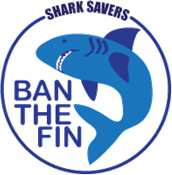
![]()
Home > Dive Discovery Group Trips
Komodo Focus, August 8-19 2015 - 11nts
Arenui, Labuanbajo-Bima
Escorted by: Cindi LaRaia
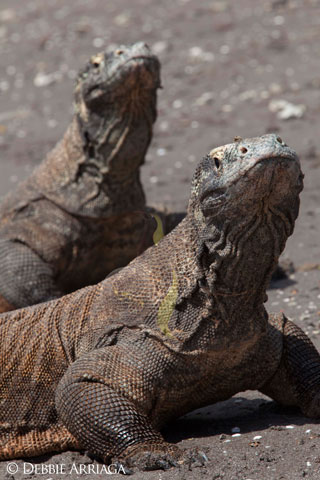
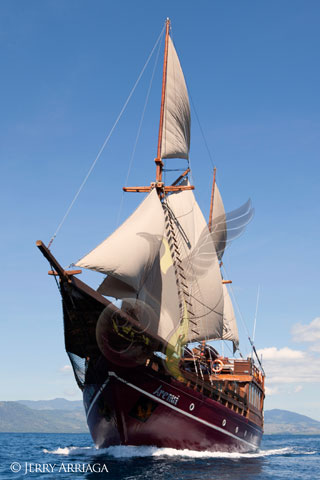
COST: USD 5940.00 pp + 550.00 upgrade to master cabin if available. Plus 100.00 fuel cost + 150.00 port fee + 70.00 park fee
SAMPLE CRUISE ITINERARY
Day 1 Embarkation in Labuanbajo
Upon embarkation we head to the north of Rinca Island to watch thousands of bats fly from their daytime resting area across to Flores Island for a night of hunting. This is the biggest migration of fruit bats in Komodo and is back dropped by the sunset.
Day 2 Loh Liang or Loh Buaya (walk with dragons) / Padar Island
Your day begins with an exciting visit to Komodo National Park, as you take a stroll with the famous dragons! As you walk along the paths, local guides will point out wild deer, boar and bird life, but keep a careful lookout for the giant lizards which have made this region their home. Don't forget your camera, as there are usually good opportunities for close-up shots when you get to the ranger station.
After the walk we move to Padar Island for a dive at Three Sisters and then a night dive at Padar Reef.
Three Sisters
The sites here are full of interesting and beautiful features, such as massive steps and huge towers of stone, all wrapped in hard and soft corals and dotted with nudibranchs, small caves and overhangs. Reef sharks and humphead parrotfish are among the bigger creatures we see in this area. There is also a towering coral spire with a small cave at the bottom, where huge lobsters are often found hiding.
Day 3 & 4 Rinca Island
We spend two days in Horseshoe Bay, south of Rinca Island. Here we dive the famous dive site called Cannibal Rock (one of the top ten dives sites in the world according to many diving publications) and other great dive sites in the bay. Watch dragons, wild pigs, deer and monkeys roam the beach and take a tender ride or kayak to get a closer look.
Cannibal Rock
The water in this bay is teeming with nutrients, creating the most spectacular congregation of hard and soft corals. Sponges, ascidians, sea squirts and tube anemones are abundant. A wide diversity of nudibranchs can be seen here, along with frogfish, turtles, cuttlefish and other reef fish. Due to the location of the bay and the nutrient rich water, the temperature if usually colder and the visibility a bit greener, but neither one of these factors can spoil the amazing diving.
Yellow Wall of Texas
This wall is located at the entrance to Horseshoe Bay, beautifully draped with yellow and orange soft corals, and is named by the diving explorer Larry Smith from Texas, USA. Look inside the soft corals for the tiny ladybug and scour the wall for vibrant nudibranchs. Schools of fusiliers and surgeonfish adorn the shallow coral heads.
Crinoid Canyon
Another wall on the opposite side of Horseshoe Bay with deep bommies covered in soft corals and huge gorgonian sea fans. Here ribbon eels and giant frogfish have been spotted along side the hundreds of crinoid which give this dive site its name.
Torpedo Alley
A marvelous dive named after the pancake sized torpedo rays that can be found here during the night dive. At the west end of this site are some rocks jutting out of the surface, marking the jump spot for a daytime dive. The sloping reef has previously been home to the 'holy grail' of fish; the rhinopia or weedy and paddle-flap scorpionfish. Nudibranchs, frogfish, seamoths and pipefish also camouflage themselves in the corals. We have even seen the elusive mimic octopus and hairy frogfish here. During the night coconut octopus, seahorses, colourful squid and the bizarre bobbit worm all live in the black volcanic sand. A very shallow dive with a maximum depth of 10m/30ft, spend time looking for all the strange inhabitants among the rocks, soft corals and in the sand.
Day 5 Manta Alley / Pink Beach
Enjoy two dives looking for manta rays at Manta Alley. Then we head back into the middle of Komodo Island to dive at Pink Beach.
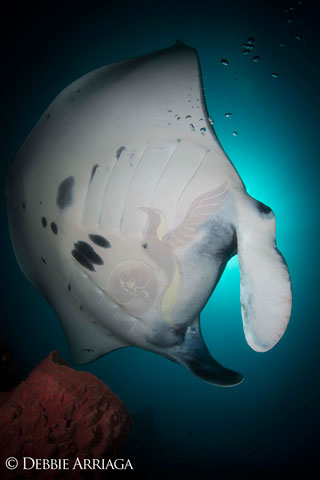 Manta Alley
Manta Alley
Manta Alley is located in Tora Langkoi Bay, along the south coast of Komodo Island. It is in fact a rock islet forming part of a chain that barely pierces the ocean's surface. As can be guessed from its name, numerous manta rays are known to frequent this site and it is the most popular location in Komodo for spotting them. The dive site is actually a deep gully. As the tide changes the gully works like a funnel, causing the water to rush through at speeds of up to four knots and up to one knot even during "slack water" periods. Watch the mantas being cleaned on the north side or enter the 'alley' to see them hover effortlessly in the current.
Pink Beach
The simple topography makes this site an ideal sunset or night dive. A mini wall can be found in the middle of the reef, where clouds of glassfish swarm in the cracks and crevices. An abundant amount of fish life and unusual critters make their home here, including leaf scorpionfish, crocodilefish, nudibranchs and frogfish.
Loh Liang Bay
A muck night dive as an alternative to Pink Beach. Look for Ambon scorpionfish, bobtail squid, ghost pipefish, frogfish and sea moths.
Day 6 Komodo-Flores Channel
Currents in this area can be quite strong and we have to dive according to the tides. There are many dive sites and the sites chosen will be dependent on the currents. Finish the day with a great night dive off the island of Rinca.
Takat Makassar
An exhilarating drift dive along the shallow flat bottom, interspersed with patches of coral reef teeming with life. There is a high chance of seeing manta rays, turtles and eagle rays, as well as white tip and black tip reef sharks.
Batu Bolong
Underwater this rock is covered in a huge amount of soft and hard corals and surrounded by fish life. In the shallows, watch the busy anemonefish and look out for turtles munching on the corals. Giant trevally, white tip reef sharks, snappers and emperorfish all congregate here. This site presents particularly good opportunities for both macro and wide-angle photography.
Tatawa Besar
This is a thrilling drift dive, starting at the north-western tip of Tatawa and continuing down the western side, reaching about 15 to 20 meters of depth. The fish life here is abundant and you will see an endless field of stunning orange soft corals as you glide along. Swim past coral heads inhabited by schools of sweetlips and batfish, and look out for turtles feeding on the reef. Mantas have been encountered here as well.
Tatawa Kecil
The west side of this small rocky outcrop presents a fantastic underwater terrain, with enormous slabs of rock that have been worn down to form channels, canyons , caves and swim-throughs. On the north plateau, crocodilefish lie on the scenic reef among a whole host of reef fish and schooling fusiliers.
Wainilo
This night dive is situated off the north of Rinca Island. In the shallows, the hard coral reef is home to many different critters, including juvenile harlequin sweetlips and batfish. Away from the reef, the sandy slope is scattered with pulsing soft corals which hide demon stingers and starry night octopus, plus a moray eel which has not yet been classified by scientists and is only found here in Wainilo.
Day 7 Komodo-Flores Channel / Gili Lawalaut
Two more dives in the Channel before heading to two great dives north of the island of Gili Lawa Laut. Crystal Rock and Castle Rock are both incredible locations, boasting the key elements for any impressive dive site: a wide variety of healthy corals covering the reef, plus tons of fish - both big and small and all sizes in between
Crystal Rock
The rock jutting out of the surrounding crystal clear waters explains how this site got its name. What makes this an unforgettable dive however, are the large swarms of fusiliers and anthias flitting over the gorgeous soft corals and impressive table corals. In the deep blue, look out for large tuna and mackerel, plus fish schooling around a small mound to the northwest.
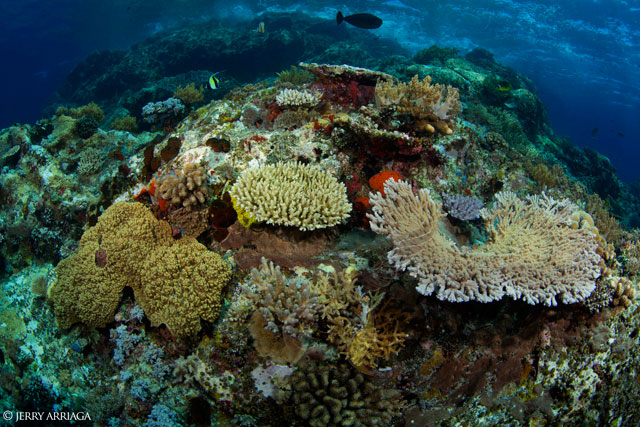
Castle Rock
Castle Rock is another submerged mound situated a kilometre further north of Crystal Rock. Its exposed location can mean strong currents, but experienced divers will love the thrill of this dive. In fact, the main action comes from watching the staggering amount of fish life whipping past, such as groupers, midnight snappers and impressive schools. Of course, divers aren't the only ones interested in the huge numbers of fish here, so expect to see giant trevally, whitetips, blacktips and grey reef sharks hunting around for their next meal.
Day 8 Gili Lawalaut
As well as Castle and Crystal Rock, there are two more exhilarating dives in this area, El Toro and Gili Lawa Laut Lighthouse, along with good night dives on healthy hard coral reefs. Between the dives there is a chance to visit Gili Lawa Laut Island and take a short trek to the top of the hill for a wonderful view over the Komodo-Flores channel.
El Toro
The channel between Gili Lawa Laut and Gili Darat forms a dive site with interesting topography. The dive starts with a drift along a flat rock plateaux which then drops down into the 'bull ring'. This is a hollowed out area with a sandy bottom surrounded by walls covered in soft corals. There is a good chance to see reef sharks and sometimes manta rays play in the surface currents.
Gili Lawa Laut Lighthouse
On the north of Gili Lawa Laut there is a lighthouse at the end of a long reef. When the tide is going down the dive starts on the reef with a drift to the corner. At the corner there are big schools of batfish, snappers, surgeons with napoleon wrasse and reef sharks also hanging around.
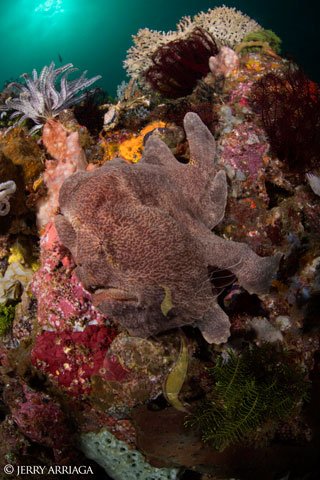 Day 9 Gili Banta
Day 9 Gili Banta
Gili Banta is an island on the outskirts of Komodo National Park with a selection of dive sites which will be selected depending on the currents.
Tanduk Rusa
At the north-west tip of the island there is a wall connected to a long reef extending along the west side of Gili Banta. The wall is coated in sponges, sea fans and colourful soft corals. In the shallows of the reef, black and blue ribbon eels poke out of the sand and leaf scorpionfish sit in the bushy black corals.
Gazor Beach
This night dive is at a white sand slope, in a calm bay on the North of Gili Banta. Elusive stargazors hide in the sand, with only their big eyes and toothy snarl looking up into the stars. White V octopus, strange translucent nudibranchs and ghost pipefish can also be found here. Hungry lionfish follow your lights, hunting the stunned cardinalfish, and a huge resident stonefish buries itself in the sand.
Day 10 Sangeang Island
The island of Sangeang is located north-east of Sumbawa. It's only a tiny piece of land but you'll notice it right away since most of its landscape consists of Gunung Api, an active volcano. This natural phenomenon has made for some amazing topography, such as steep ridges dripping with hardened lava. There are several excellent dive sites here, all with good visibility, allowing you to truly appreciate the healthy reefs of soft and hard corals as well as different types of anemones.
Lighthouse Reef
This site presents many contrasts in terms of natural features and marine life. Strong currents can prevail in the exposed areas but there are also sheltered spots. Down around 20 metres macro lovers will be delighted, as the base of the wall and large black sand slope is excellent for spotting countless nudibranchs and other colourful critters. Black coral bushes hide ghost pipefish and saw blade shrimps.
Hot Rocks
Here the volcano has left its mark below the surface as well. In the shallows, observe volcanic bubbles escaping from the sea bed through air vents. Put your hands close to the 'hot rocks' and feel the heat from the sulphur covered rocks. Besides the usual tropical reef species, ribbon eels, cowries and Bargibanti pygmy seahorses can also be seen here.
Day 11 Bima
Bima is a busy port on the north-west end of Sumbawa Island. There are several dive sites to explore here, with black coral covered reefs and world class muck diving.
Tanjung Sai and Two Rivers
These two dive sites are located outside the bay leading to Bima port. The black sand slopes have patches of sea grass and halimeda coral, providing great hiding places for thorny seahorses and tiny pipehorses. Even the elusive Mimic octopus has been spotted here. The shallow hard corals are full of colour, with schooling anthias sprayed like confetti over the reef.
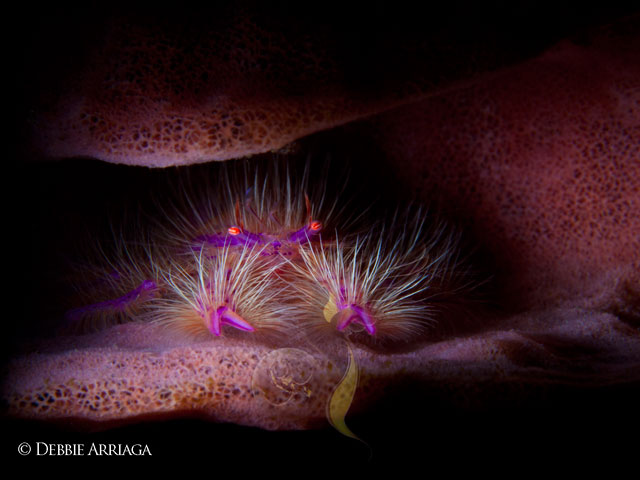
Unusual Suspects
This muck dive is full of weird and wonderful critters. Starting in the south, the black sand is covered in sponges with frogfish, and ghost pipefish are a regular find. Continuing north, huge soft corals grow out of the sand and shelter beautiful cowries. Thorny seahorses, seamoths, stonefish and even wonderpuss and harlequin shrimps have all been found here.
Besides diving, it is also possible to visit a traditional village close to Bima. Anyone joining our cruise is welcome to bring along some goodies for the children at one of the villages we visit. Obviously the children love sweets but we encourage people to bring pencils, pens, notebooks, colouring books or even clothes - none of which rot their teeth! The school always needs more materials and the girls love hair clips and bands.
Day 12 Disembarkation in Bima
Contact Cindi at Request Info to reserve your spot!
For more information
Contact:
Dive Discovery
@
1 800 886-7321
(415) 444-5100
or
Request Info
